F1 Hongni Bale Zisha Teapot
$199.00
- Name: Bale Teapot
- Capacity: 144 ml
- Material: Hong Ni
Out of stock
Description
Name: F1 Hongni Bale Zisha Teapot
Year: 1987-1993 (White Label period)
Volume: 144 ml
Material: High-quality Hong Ni. High-fired ( fire to an optimum temperature).
Seal: Jing Xi Hui Meng Chen Zhi
Filter: Single hole
(F1 Hongni Bale (Guava) Zisha Teapot)
This is a Factory 1 teapot that uses red clay. The appearance of the clay is beautiful and it was fired to an optimum temperature.
The craftsmanship in this one is nearly perfect, the lid is slightly loose and the pouring speed is 12 seconds with slight dripping. While pouring tea, it requires a technique adjustment. I think it is related to the sealing and lid fit. You need to push the lid a little against the front part of the mouth of the pot. This way, pouring is fast and smooth otherwise is slower than 12 seconds.
There are some marking tools at the base of the pot. You can check them in the close-up picture.
This teapot is brand-new, so before using it. I advise you to rinse it with boiling water. Then rinse it with room temperature water and smell it inside the teapot to check for some clay smell. Repeat the procedure until the clay smell goes away.
Then you can start making tea but It might take 1-2 weeks, if you use it daily, until it makes decent tea.
You could also follow the more complicated method of boiling the teapot, but it takes more time and the teapot might get broken or cracked during the procedure.
Red clay usually goes well with many kinds of Oolongs, young and semi-aged sheng Puer Puer. It might do well with other teas. You could compare it against porcelain to decide what teas brew well in the teapot.
However, I advise you to experiment with different teas and find what teas pair with the clay.
When buying a Factory One pot please be aware that: Generally speaking, these Teapots have no perfect craftsmanship compared to many modern teapots.
You can expect some natural kiln cracks on the (outer) surface of the clay, not perfectly aligned spout, knob and handle, tooling marks on the lid and mouth of the teapot, etc. Also other natural signs from the kiln, i.e. black spots, which are iron oxide that melted during the firing. In addition, finding mica chips inside and outside of the pot, that look tiny, shiny metal spots, silvery in appearance.
Regarding lid craftsmanship, rarely can you find a perfect lid fit. Usually, the lid is a bit loose with slight dripping.
Additional information
| Weight | 640 g |
|---|
Reviews (0)
Only logged in customers who have purchased this product may leave a review.

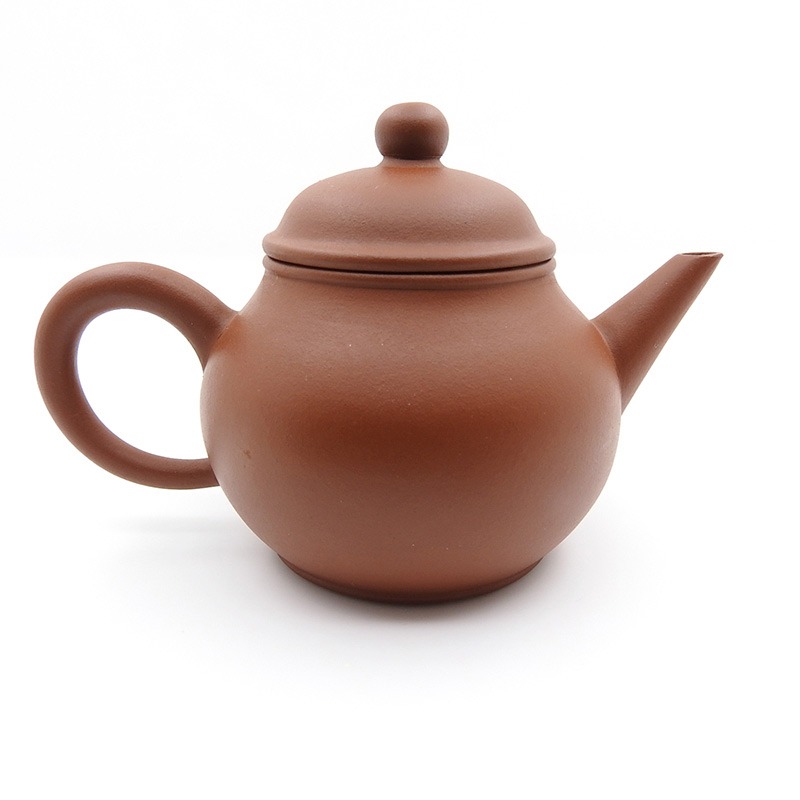
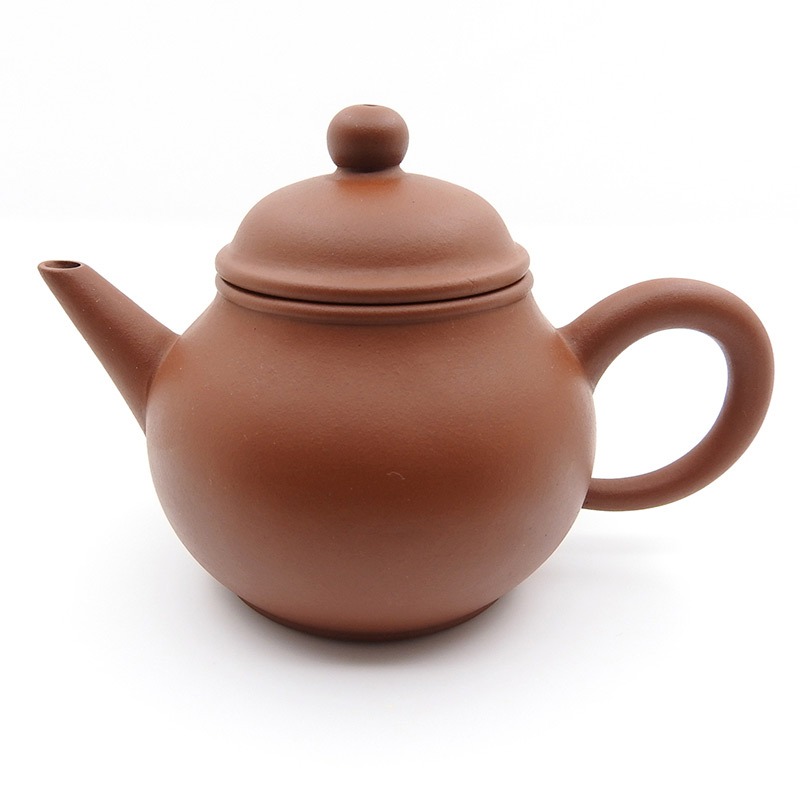

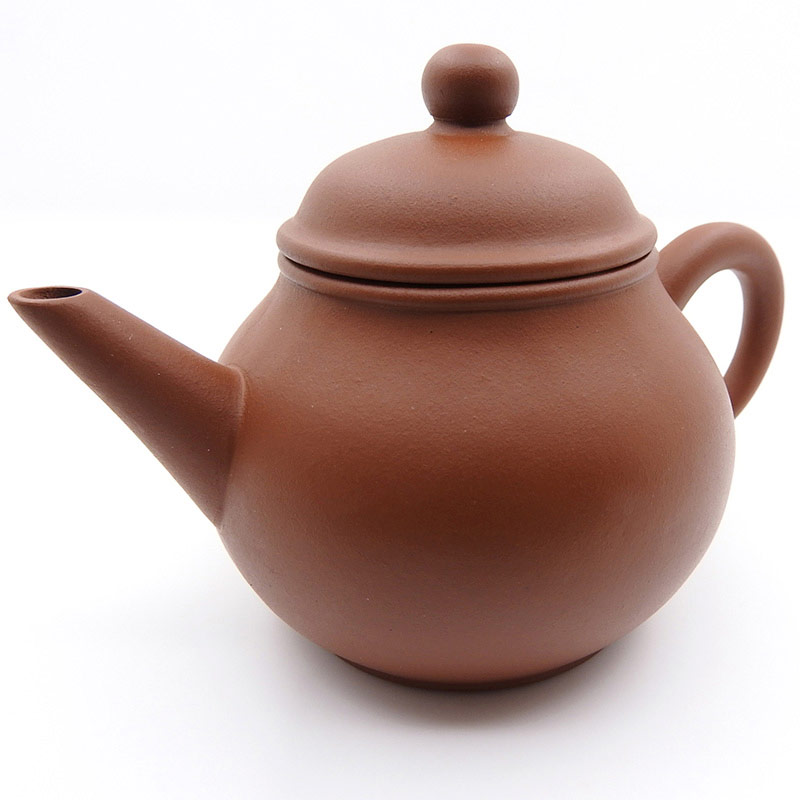
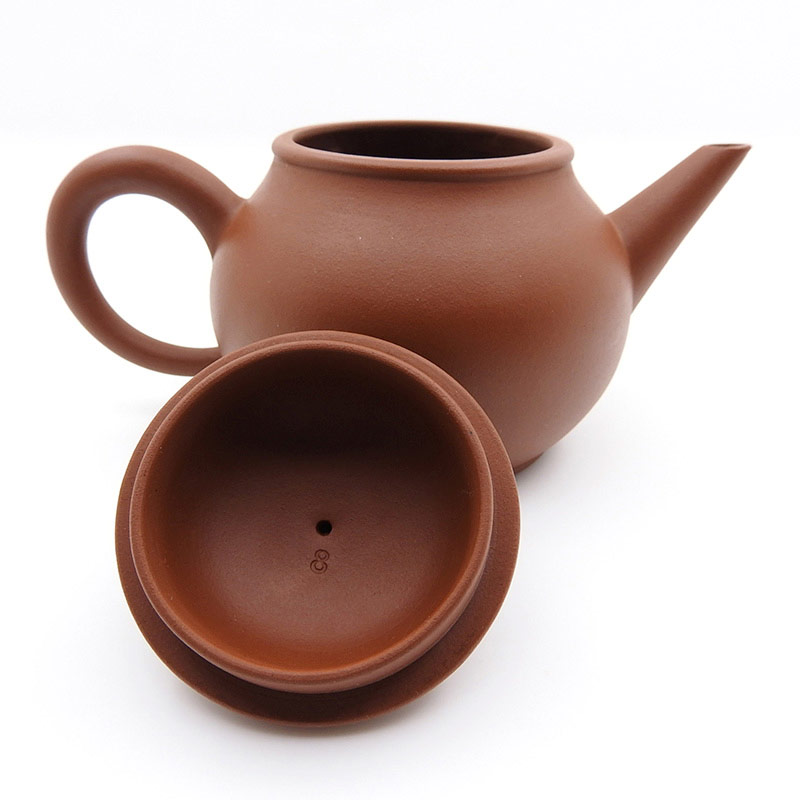

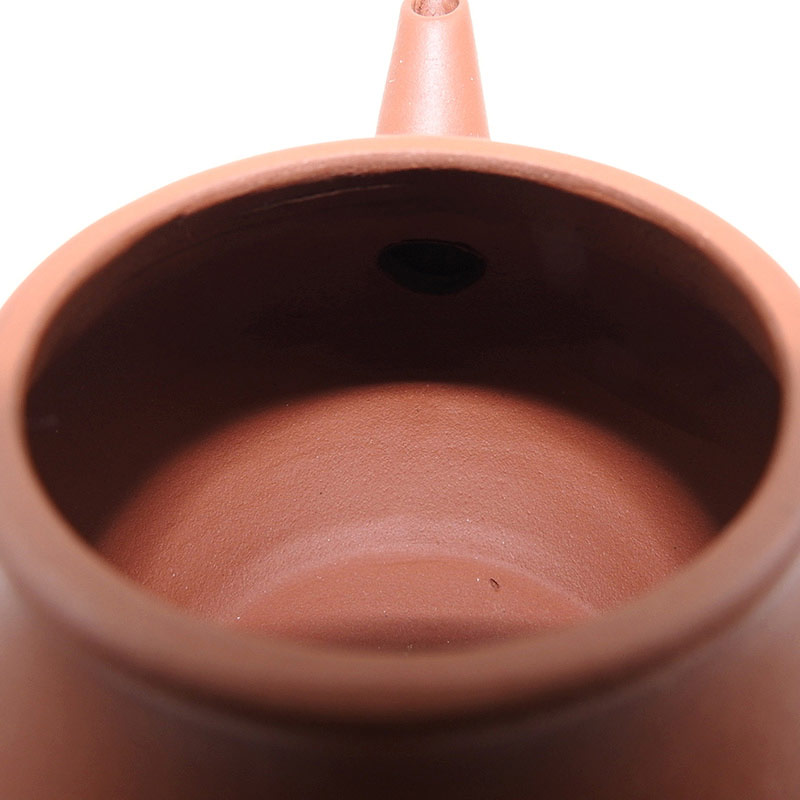
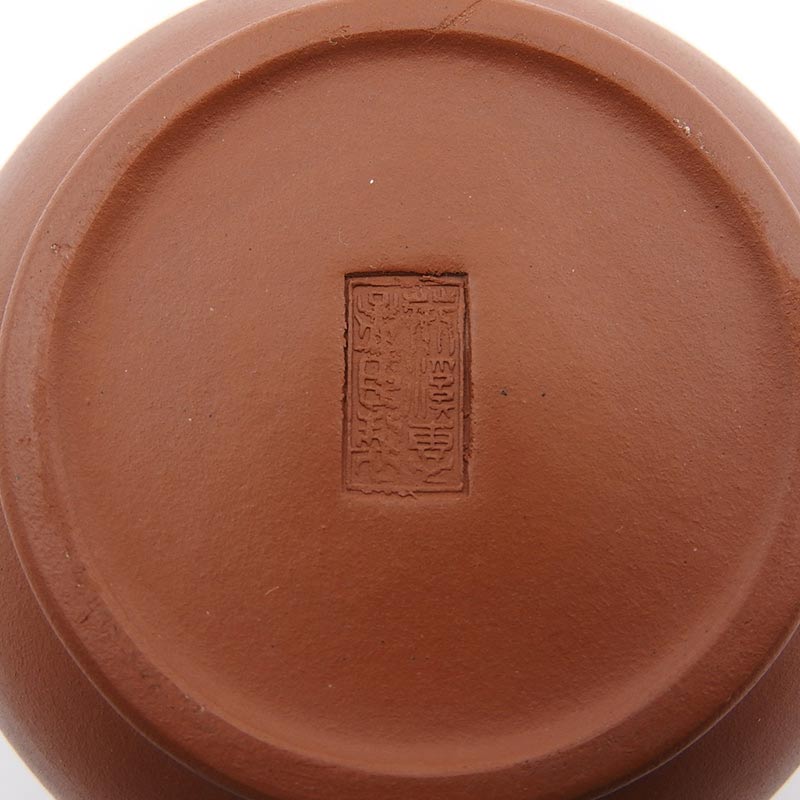
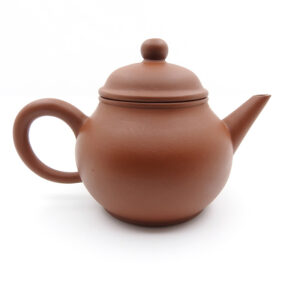

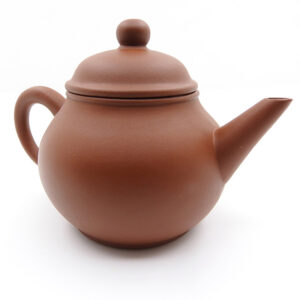

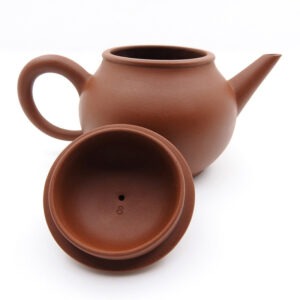


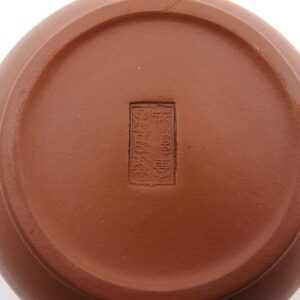




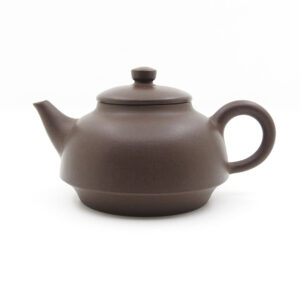

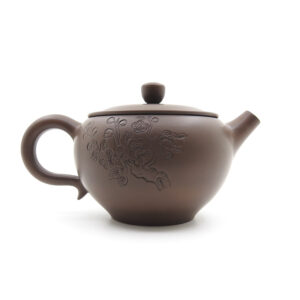

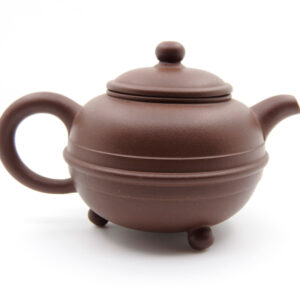



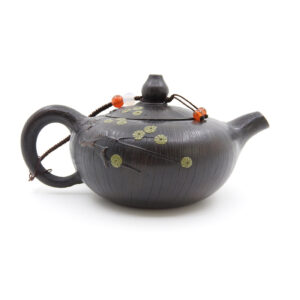

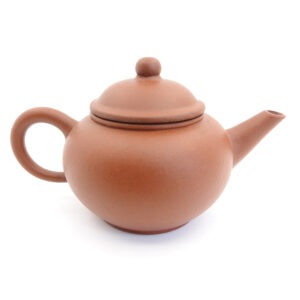



Reviews
There are no reviews yet.